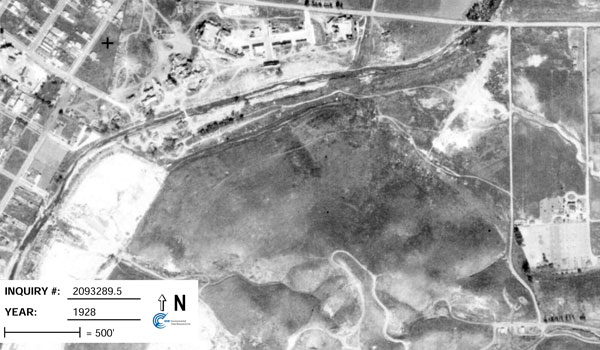Methane mitigation is the process of reducing methane emissions from sources such as livestock and fossil fuel production. It is often seen as a solution to climate change, although it won't be effective on its own and requires major changes in society to bring about a significant reduction.
Methane extenuation is an important part of reducing greenhouse gas emissions from buildings. It involves removing or reducing the amount of methane that is produced by a building. There are a number of ways to do methane mitigation, and it depends on the size and type of building. Some common methods include installing airtight seals, venting contaminated areas, and using ventilation systems that capture methane.

There are many different methods for doing this, and the most effective approach depends on the type of leak. Some common methods include:
1. Repair or replace aging equipment: Methane can escape from small holes and cracks in equipment, especially if it's not been maintained properly. By fixing or replacing old equipment, you can reduce the amount of methane that escapes into the environment.
2. Seal openings: If there are large gaps or holes in an object where methane could escape, you can seal them off by using a material that traps gas molecules. This is often done by coating the walls or roof of an enclosure with a film made of air or carbon particles.
3. Capture emissions: If a facility releases methane into the atmosphere, we can try to capture it before it leaves the site by using special equipment called an atmospheric monitoring system (AMS). AMS captures methane before it enters the atmosphere and then sends it back to our scientists for analysis.
